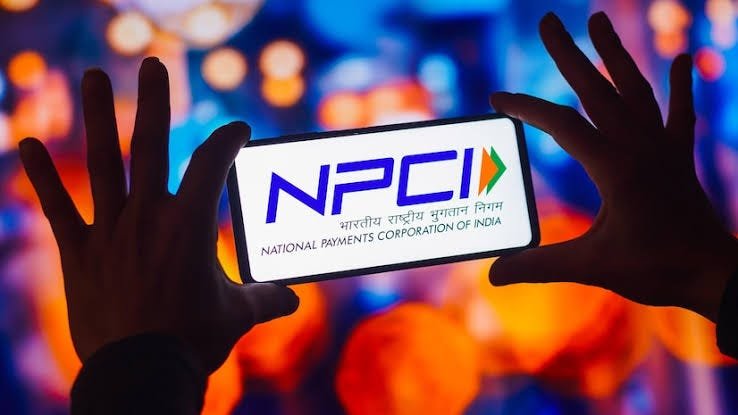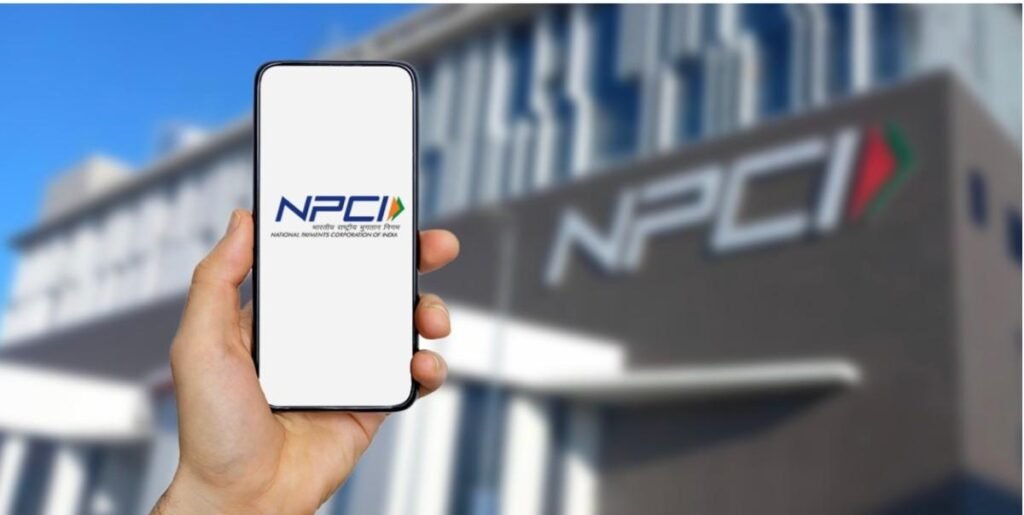India is a land of contrasts—bustling cities with high-speed internet sit alongside remote villages where electricity can be unreliable. While urban areas enjoy easy access to digital payments, rural India has long struggled with limited banking services. The National Payments Corporation of India (NPCI) is changing this story. Through its innovative platforms like UPI, BHIM, and RuPay, NPCI is bringing digital payments to every corner of the country, helping rural Indians join the modern economy. This article explores how NPCI is bridging the financial gap for rural India with simple, affordable, and accessible solutions.
What is NPCI?
The National Payments Corporation of India, or NPCI, is an organization set up in 2008 by the Reserve Bank of India (RBI) and a group of banks. Its mission is to make digital payments easy, safe, and affordable for all Indians. Unlike private companies, NPCI works as a not-for-profit, focusing on public welfare rather than profits. It has created game-changing systems like the Unified Payments Interface (UPI), Bharat Interface for Money (BHIM), and RuPay cards, which are now household names in India.
Why Financial Inclusion Matters in Rural India
In rural India, millions of people live far from banks. Many villages have no bank branches, and even where branches exist, they may be understaffed or hard to reach. Cash is still king in these areas, but carrying cash is risky, and saving money in banks is often a hassle. Women, small farmers, and daily-wage workers often face the biggest challenges, as they may lack the documents or knowledge to open bank accounts. This keeps them out of the formal financial system, limiting their ability to save, borrow, or grow their businesses.
Financial inclusion means bringing these people into the banking system. It’s about giving them tools to send and receive money, save safely, and access loans or government benefits without depending on cash or middlemen. NPCI’s digital payment systems are designed to make this happen, even in areas with poor infrastructure.
UPI: A Game-Changer for Rural Payments
The Unified Payments Interface (UPI) is NPCI’s biggest success story. Launched in 2016, UPI lets people send and receive money instantly using just a smartphone and a bank account. You don’t need to visit a bank or carry cash—just scan a QR code or enter a phone number, and the payment is done. Today, UPI handles billions of transactions every month, from buying groceries to paying utility bills.
In rural India, UPI is making a big difference. Small shopkeepers, farmers, and even street vendors now use UPI apps like BHIM, PhonePe, or Google Pay. For example, a vegetable seller in a village can accept payments from customers without worrying about change or theft. Farmers can receive payments directly from buyers, cutting out middlemen who often charge high fees. In areas with limited bank branches, UPI works as long as there’s a basic internet connection, which is now reaching more villages thanks to schemes like Digital India.
NPCI has also made UPI simple to use. You don’t need to be tech-savvy—just download an app, link your bank account, and start transacting. This simplicity is key in rural areas, where many people are using smartphones for the first time.
BHIM: A Made-in-India App for Everyone
While private apps like PhonePe and Google Pay are popular, NPCI’s own app, Bharat Interface for Money (BHIM), is designed to be a simple and inclusive option. BHIM supports multiple languages, including Hindi, Tamil, and other regional languages, making it easier for rural users to navigate. It also works on basic smartphones, which are common in villages.
BHIM is more than just a payment app. It connects rural users to government schemes like Direct Benefit Transfer (DBT), where subsidies or pensions are sent directly to bank accounts. For example, a farmer in a remote village can receive money from government programs like PM-KISAN through BHIM, without traveling to a bank or dealing with corrupt middlemen. This direct access saves time, reduces costs, and ensures that benefits reach the right people.
RuPay Cards: Affordable Banking for All
NPCI’s RuPay cards are another powerful tool for financial inclusion. Unlike international cards like Visa or Mastercard, RuPay cards are cheaper for banks to issue, which means they’re more accessible to low-income people. Many rural banks and cooperative societies offer RuPay debit cards to their customers, often linked to no-frills accounts under schemes like Jan Dhan Yojana.
These cards let rural users withdraw cash from ATMs, pay at shops, or even shop online. For people who don’t have smartphones or reliable internet, RuPay cards are a practical way to access digital banking. NPCI has also introduced RuPay contactless cards, which make payments faster and more convenient, even in small towns.
UPI Lite: Payments Without Internet
One of NPCI’s newer innovations is UPI Lite, launched to help people in areas with weak internet. UPI Lite lets users make small payments (up to ₹500) without needing a real-time internet connection. The transactions are stored on the phone and processed later when the connection is available. This is a big deal for rural areas, where internet signals can be patchy.
For example, a daily-wage worker in a village can use UPI Lite to buy essentials at a local shop, even if the network is down. This reduces dependence on cash and makes digital payments more reliable in remote areas.
Aadhaar and NPCI: Simplifying Access
NPCI’s systems work closely with Aadhaar, India’s unique identification system. Through the Aadhaar Enabled Payment System (AePS), rural users can access their bank accounts using just their Aadhaar number and fingerprint. This is especially helpful for people who don’t have smartphones or can’t read and write. Local business correspondents, often called “bank mitras,” use small biometric devices to help villagers withdraw cash or check their balance.
This system has brought banking to the doorstep of rural homes. For example, an elderly woman in a village can receive her pension through AePS without traveling miles to a bank. It’s secure, simple, and reduces the risk of fraud.
Challenges and the Road Ahead
While NPCI has done remarkable work, challenges remain. Many rural areas still lack reliable internet or electricity, which can limit digital payments. Awareness is another issue—some villagers are hesitant to trust digital transactions, fearing scams or fraud. NPCI is tackling this through awareness campaigns and partnerships with banks to educate rural users.
Smartphone penetration is growing, but not everyone can afford one. NPCI is addressing this with solutions like UPI Lite and feature-phone-friendly services like *99#, which lets users make UPI payments using a basic phone without internet. However, more work is needed to ensure every Indian, regardless of location or income, can use these tools.
Security is another concern. As digital payments grow, so do cybercrimes. NPCI is investing in advanced security measures and educating users about safe practices, like not sharing OTPs or PINs. Partnerships with local banks and government programs are also helping build trust in digital payments.
The Impact of NPCI’s Work
NPCI’s efforts are transforming rural India. Farmers are selling their produce directly to buyers and getting paid instantly through UPI. Women in self-help groups are saving money in bank accounts linked to RuPay cards. Small businesses are growing because they can accept digital payments without expensive card machines. Government benefits are reaching people faster, with less leakage.
For example, in a village in Bihar, a woman named Sunita used to walk 10 kilometers to the nearest bank to collect her pension. Now, she uses a bank mitra’s biometric device to withdraw money in her village, thanks to NPCI’s AePS. In Rajasthan, a small shopkeeper named Ramesh doubled his sales after he started accepting UPI payments, as customers no longer needed exact change.
These stories show how NPCI is making financial services accessible to everyone, not just the urban elite. By empowering rural Indians to save, spend, and grow their money digitally, NPCI is helping build a stronger, more inclusive economy.
NPCI is more than a technology provider—it’s a bridge connecting rural India to the modern financial world. Through UPI, BHIM, RuPay, and other innovations, NPCI is making banking simple, safe, and affordable for millions. While challenges like connectivity and awareness remain, NPCI’s commitment to financial inclusion is clear. As more villages embrace digital payments, NPCI is not just bridging the gap—it’s building a future where every Indian, no matter where they live, can thrive in the digital economy.
Last Updated on: Tuesday, July 8, 2025 4:26 pm by Deepak Goud Kondakal | Published by: Deepak Goud Kondakal on Tuesday, July 8, 2025 4:26 pm | News Categories: Technology

